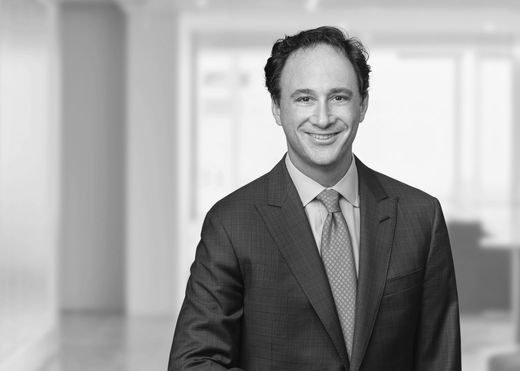2025 Perspectives in Private Equity: Private Equity Finance

After a subdued 2023 during which it was challenging for private equity (PE) to raise debt financing as a result of elevated interest rates and a difficult syndicated lending market, 2024 featured a material shift in the global credit landscape.
2024 was a year where the debt capital markets were influenced by macroeconomic and geo-political shifts. In the past year, half of the world’s population went to the election polls. With interest rates coming down in most major economies and inflation broadly under control, investors have more visibility on the macroeconomic outlook, especially in the aftermath of elections in countries that make up more than half of the world’s population. With a strong corporate earnings environment, private capital dry powder stood at a record $2.62 trillion in mid-year 2024. We believe that the market is ripe for more dealmaking in 2025 despite the fact that high borrowing costs and valuation gaps between buyers and sellers remain to tamper acquisition activity.
Direct lenders dominated in 2023 as broadly syndicated loan market financing was hard to come by, but last year the syndicated loan market rebounded and borrowers found themselves with more options as they underwent a wave of repricing and maturity extension activity. Both the U.S. and European leveraged loan markets saw a near doubling of issuance in the first half of 2024 versus the same period in 2023. Post-election, the prospects for an easing regulatory environment on public lenders will further incentivize competition between the syndicated loan market financing providers and private credit providers. Such competition will be further enhanced by a maturity wall for approximately 25% of leveraged loan borrowers that represent approximately $700 billion in potential refinancing activity.
In the absence of significant mergers and acquisitions (M&A) transactions, the vast majority of leveraged loan market activity last year involved refinancings and recapitalizations, as borrowers sought to shore up balance sheets to address the higher rate environment. Distressed borrowers were also able to avoid traditional bankruptcies in lieu of out-of-court restructurings, which led to a rise in distressed debt exchanges.
As deal activity picks up, we expect private capital providers to be at the forefront of responding to borrower demand in what could be a bumper year for both refinancings and new issuance. The private credit market continues to expand at a rapid pace—its total value was estimated at $1.5 trillion at the start of 2024, versus $1 trillion in 2020, and it is estimated to grow to $2.8 trillion by 2028, according to Morgan Stanley.
With significant dry powder available to support acquisition financing, the secular trends driving the growth of direct lending show no signs of abating. Even with the rebound in liquid credit markets, private debt funds continue to strengthen market share, particularly in the mid-market, by offering sponsors certainty and speed of execution alongside long-term, flexible and supportive capital.
Direct lenders have proven to be constructive partners for borrowers in challenging situations and, as the pricing delta has narrowed between private credit and syndicated lenders in a higher rate environment, we expect them to remain a favorable option for borrowers in an increasingly sponsor-friendly lending market through 2025.
Fund Finance
Outside of acquisition financing, another area where private credit and traditional banks remain active is in providing lending facilities to later stage funds addressing liquidity challenges. Net asset value (NAV) credit facilities that allow funds to borrow against the value of the underlying assets in their portfolios saw unprecedented demand in 2024, providing general partners with an additional tool to generate cashflow at a time when the exit market has been difficult.
The primary use case for PE sponsors embracing NAV lending has been as a bridge to a more positive exit opportunity, with proceeds typically used to fund follow-on investments or to add growth capital to the portfolio during the value creation phase. As the dealmaking market rebounds, PE funds may rely on NAV lending less going forward, other than as an option for bespoke, creative solutions like supporting liability management exercises within existing portfolios.





